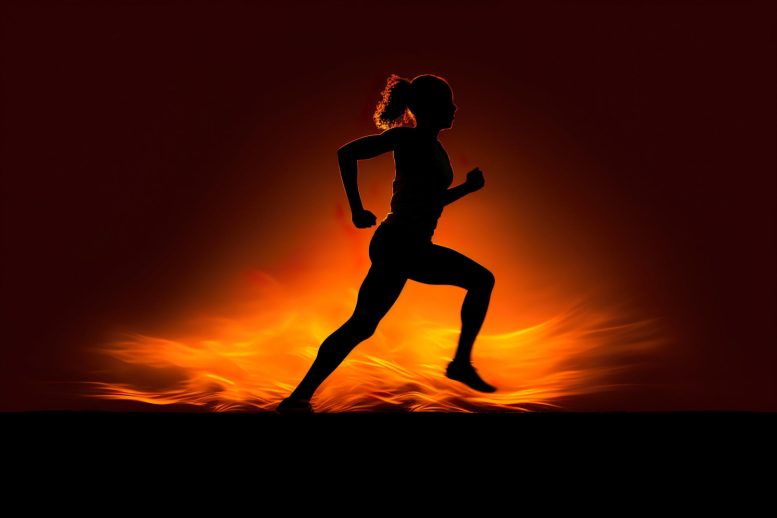
An analysis of 10,000+ adults in Norway showed that those who were physically active had a greater tolerance for pain, suggesting that increasing physical activity could help alleviate chronic pain.
A large study in Norway indicates the potential effectiveness of increasing physical activity as a treatment approach for chronic pain.
A new analysis of data gathered from over 10,000 adults reveals a correlation between physical activity and increased pain tolerance. Those who led an active lifestyle demonstrated a higher tolerance to pain compared to sedentary individuals, with those engaging in a higher intensity of physical activity showcasing even more resilience. Anders Årnes of the University Hospital of North Norway, Tromsø, and colleagues recently published their findings in the journal PLOS ONE.
Although previous research has hinted at the potential benefits of regular physical activity, including possibly mitigating or preventing chronic pain by enhancing one’s ability to tolerate pain, most studies until now have either been limited in scope or focused on specific demographics.
To help clarify the relationship between physical activity and pain tolerance, Årnes and colleagues analyzed data from 10,732 Norwegian adults who participated in a large population survey study—the Tromsø Study—that is conducted periodically in Norway. The researchers used data from two rounds of the Tromsø Study, one conducted from 2007 to 2008 and the other from 2015 to 2016. The data included participants’ self-reported levels of physical activity and their levels of pain tolerance, as evaluated in a test involving submerging their hands in cold water.
Statistical analysis of the data showed that participants who reported being physically active in either round of the Tromsø Study had higher pain tolerance than those who reported a sedentary lifestyle in both rounds. Participants with higher total activity levels had higher pain tolerance, and those who had higher activity in 2015/2016 than in 2007/2008 had a higher overall level of pain tolerance.
The analysis did not show a statistically significant relationship between activity level and changes in pain tolerance between the two rounds of the study. Nonetheless, it suggests that remaining physically active, becoming active, or boosting activity is linked to higher pain tolerance.
On the basis of their findings, the researchers suggest that boosting physical activity could be a potential strategy for easing or staving off chronic pain. Future research could help confirm whether there is indeed a cause-and-effect relationship between activity and pain tolerance and evaluate potential therapeutic applications.
The authors add: “Becoming or staying physically active over time can benefit your pain tolerance. Whatever you do, the most important thing is that you do something!”
Reference: “Longitudinal relationships between habitual physical activity and pain tolerance in the general population” by Anders Pedersen Årnes, Christopher Sievert Nielsen, Audun Stubhaug, Mats Kirkeby Fjeld, Aslak Johansen, Bente Morseth, Bjørn Heine Strand, Tom Wilsgaard and Ólöf Anna Steingrímsdóttir, 24 May 2023, PLOS ONE.
DOI: 10.1371/journal.pone.0285041
APÅ was funded by a grant from the Northern Norway Regional Health Authority.


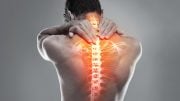
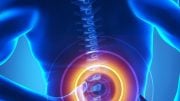

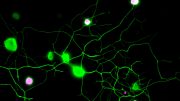

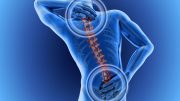
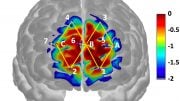
I’m a pain patient with numerous health issues and deal with a lot of pain. I would be in bed most of the time if I didn’t have access to opiates. They help me get up and be active. With an increase of my meds my weight has lowered and I’m able to get more things done.
I understand the US is anti opiate for everyone these days, but so many. like myself, are bed bound without them. I’m disabled even with the meds, but I hope I will get to go back to work some day. I definitely could not without them. There have been people who were prescribed them and it was the only way that they could work. With the opiate hysteria, they have lost their meds and their jobs and most of their hope.
I pushed myself for years to not slow down fearing that the moment I slowed down it was the end of most of my.life for me. That made things worse, made it so I couldn’t push forward. Only with the help of opiates have I found myself able to do some normal things and I’m so thankful for it.